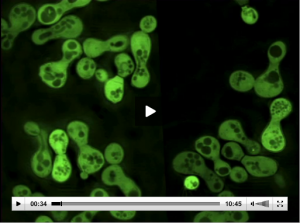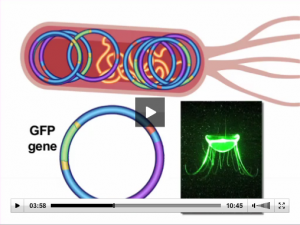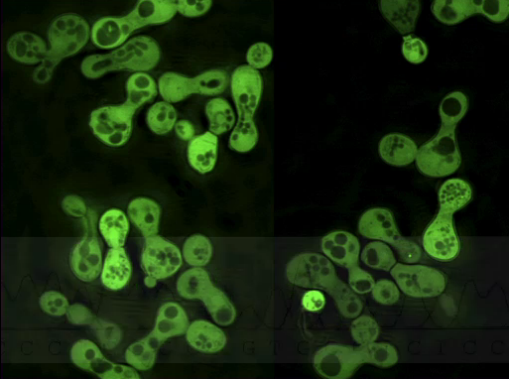Thank you for checking out our “30 days of Science Education” series. Use Science Education videos to introduce undergraduates to the lab.
Saccharomyces cerevisiae, otherwise known as baker’s yeast, is one of the many model organisms studied in laboratories all over the world. This species of yeast has been an invaluable resource in the understanding of fundamental cellular processes such as cell division and cell death, because its genome has been sequenced, its genetics are easily manipulated and because it is easy to maintain in the lab. In this video we review its history, cell and molecular biology, and biomedical applications.

Interestingly, many proteins found in yeast share similar sequences with proteins from their fellow Eukaryotes. These proteins are often homologous, and their similar sequences indicate that the organisms share a common ancestor. By investigating the function of a given protein in yeast, researchers gain insight into the protein’s function in higher eukaryotes, such as us, humans.

After watching, view the video-articles in S. cerevisiae‘s applications section. In an experiment authored by the National Institute on Aging, NIH researchers explore the WRN gene—a human disease gene involved in the detection and repair of damaged DNA. In the video-article, titled “Genetic Studies of Human DNA Repair Proteins Using Yeast as a Model System,” the authors express normal and mutant copies of the gene in a panel of previously characterized yeast strains to gain new insight into WRN function.


